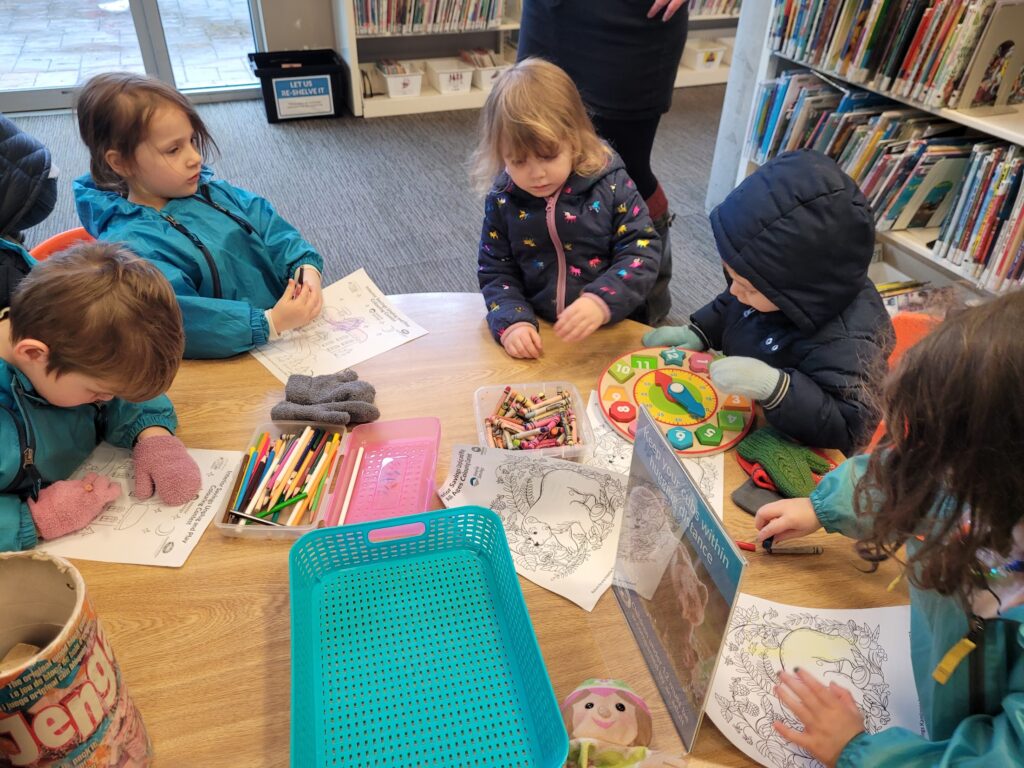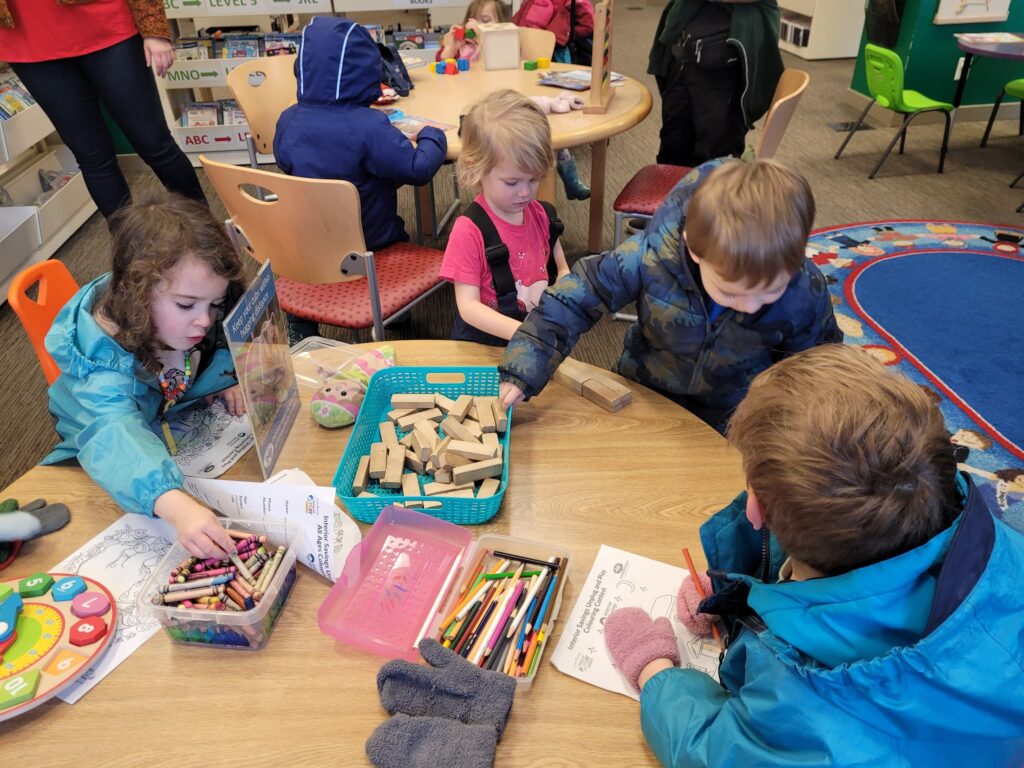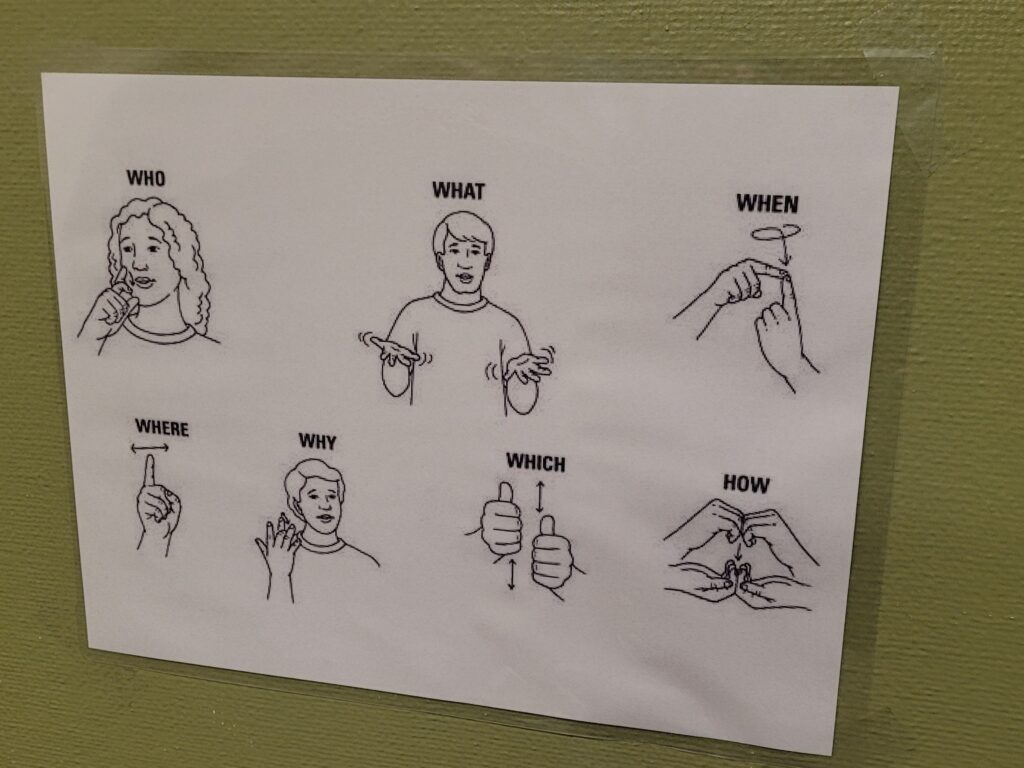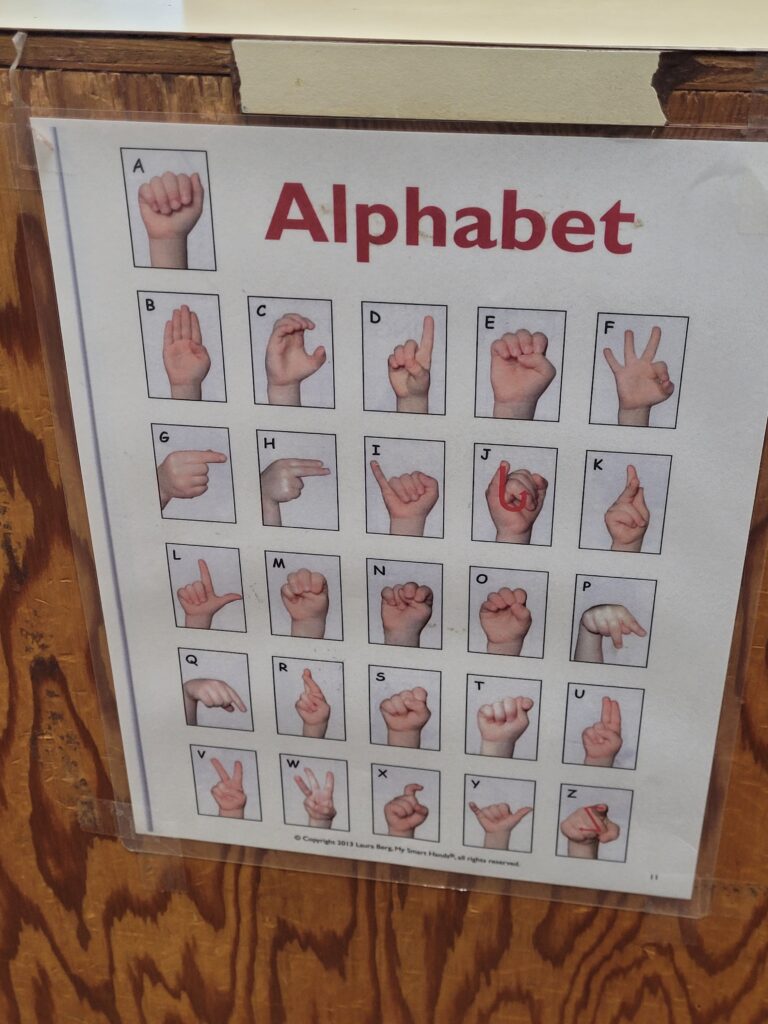Creating an Inclusive Environment


Walk to the Library
First week of the practicum, I discussed with the mentor educator and we went to the library. The children enjoyed the visit. They did colouring, puppet show, played with the table activities and explore the books. We got the books on inclusivity. ‘Pink for Boys’, ‘We all together’, ‘We are different’ and read them during the circle time.
Accepting the difference
Last week, while I was helping a child to get ready to go outside after a morning snack, she noticed my skin color and said, “You are brown.” I responded by saying, “Yes, we have different skin colors.” Then, one of the children said, “I am white.” I was amazed and happy to see that they could recognize and accept the differences in their early years. “Honouring diversity is based on the principle that differences are recognized and celebrated benefit our communities. Honouring diversity requires that we encourage understanding, acceptance, mutual respect and inclusion” ( BC Early Learning Framework, p.20).
Curiosity for differences
During an interaction with some children, one of them asked me a few questions related to a child with non-verbal Autism. The questions were, “Why K can’t talk?” and “Why does he touch other children’s faces?” I found it interesting how young children observe differences and become curious about them. In response to the questions, I explained that K cannot speak, and when he touches other faces, he is saying ‘Hi’ to them in his way. Most of the time, he uses a touchpad to communicate with others. I wonder what children think about the differences and as an educator, how could I make a positive impact. “All children are learning about difference every day in the early childhood classroom. How exclusions and inclusions are enacted by educators and children in their daily, continuous and perhaps unremarkable performances should not be overlooked, as unfair encounters continue in inclusive settings” (Watson, 2023, p.17).
Karolyn’s Notes Mar 15 2024
Meenakshi you are creating a learning portfolio that is visually engaging and topically oriented which is really interesting to explore. As you introduced the library trip you mentioned the children “enjoyed the visit” I am always interested in what you saw, heard and experienced that led you to know this. In particular how did the children you mentioned with Autism show you they enjoyed the visit? What cues, did they show you? Did they need extra support in the library as compared with the classroom? How were those provided in a way that promoted inclusion, engagement etc. I am happy there are more books available where children can see and hear stories that reflect who they are and stories where difference is explored as one of the wonderful things about being human.
You go on to discuss curiosity about difference and you ask a reflective question “… how could I make a positive impact.” This makes me think about the program culture we were talking about a couple of weeks ago. How do we create conditions, cultures in our childcare spaces that are welcoming, inclusive. ECEs need to be intentional about this; they need to work together, have challenging conversations, be open to reflective practice, change and ongoing learning and professional skill development. Working on a team of two to four educators or in multi program centres as you do, how will you go about this work in a way that continues to hold inclusive practices and welcoming program cultures as foundational?
Different Languages
In our classroom, we use sign language to communicate with K. K touches the faces of the other children to get their attention, but some of them don’t like it. To help them communicate better, the mentor educator has taught them some basic signs such as ‘stop’, ‘no’, ‘mother’, ‘father’, ‘grandfather’, and ‘grandmother’. One day, during lunchtime, they were practicing these words. The sign language alphabet and question words are posted on the wall, and the children are curious about them. They often try to practice using them.“Children use multiple modes of expressive languages to communicate ideas, participate in relationships, and make meaning in their homes and communities” (Early Learning Framework, p.66).


Two weeks ago, we celebrated the birthday of a three-year-old child. During the celebration, one of the children asked me to sing a song in French. I replied that I didn’t know any French songs, but I could sing in my native language. I sang a birthday song in Hindi, and then one of the educators sang a song in Persian. The children listened attentively and were fascinated by the different languages and cultures. Last week, the Indigenous Liaison Support joined us and sang a song in the Secwepemc language with drums. Introducing different languages and cultures is an excellent way to promote diversity and create inclusive childcare spaces in the early years.